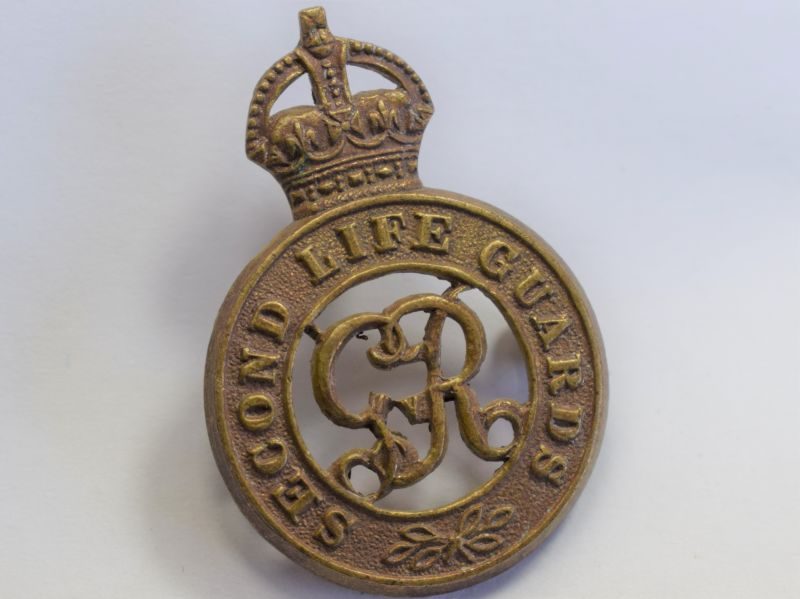Personal Details
Born: 28 October 1898 in Whitchurch, Shropshire.
Family: He was the eldest of three children born to John W Wilkinson, a saddler and harness maker, and his wife Elizabeth. He married Olive Vera Couture in 1934 (possibly 1935 as the marriage was registered twice) in Westminster, London and together they had twins – Anthony C J and John C F.
Residence: In 1901 he was living in Waymills, Whitchurch, Shropshire with his parents and maternal grandparents; in 1911 the family were living at The Hermitage, Church Street, Whitchurch (where his father was the steward). The 1919 Absent Voters’ Register has an address of 24 Station Road for Frederick (this is his parents’ home). In 1933 he was living in Police Section House, Ambrosden Street, Westminster (the London Police Section Houses were where young police constables lived prior to their marriage). In 1939 he was living at 21 Thames Street, Sunbury-on-Thames, Middlesex. His children’s births were registered in 1941 in Denbighshire, Wales and his address at the time of his death was 3 Chalden Place, Little Common, Bexhill-on-Sea, Sussex.
Employment: In 1916 he was a solicitor`s clerk; in 1921 he was a private secretary. In 1933 and 1939 he was a police officer.
Died: 17 May 1974 in Bexhill-on-Sea, aged 75.
Military Details
Regiment: Life Guards
Rank: Trooper
Service Number: 4154 (previously 4188)
Date of Enlistment: 28 October 1916
Date of Discharge: 24 October 1919
Reason for Discharge: Demobilisation
Frederick was awarded the Campaign Medals (British War medal and Victory Medal)

The British War Medal (also known as 'Squeak') was a silver or bronze medal awarded to officers and men of the British and Imperial Forces who either entered a theatre of war or entered service overseas between 5th August 1914 and 11th November 1918 inclusive. This was later extended to services in Russia, Siberia and some other areas in 1919 and 1920. Approximately 6.5 million British War Medals were issued. Approximately 6.4 million of these were the silver versions of this medal. Around 110,000 of a bronze version were issued mainly to Chinese, Maltese and Indian Labour Corps. The front (obv or obverse) of the medal depicts the head of George V. The recipient's service number, rank, name and unit was impressed on the rim.
The Allied Victory Medal (also known as 'Wilfred') was issued by each of the allies. It was decided that each of the allies should each issue their own bronze victory medal with a similar design, similar equivalent wording and identical ribbon. The British medal was designed by W. McMillan. The front depicts a winged classical figure representing victory. Approximately 5.7 million victory medals were issued. Interestingly, eligibility for this medal was more restrictive and not everyone who received the British War Medal ('Squeak') also received the Victory Medal ('Wilfred'). However, in general, all recipients of 'Wilfred' also received 'Squeak' and all recipients of The 1914 Star or The 1914/1915 Star (also known as 'Pip') also received both 'Squeak' and 'Wilfred'. The recipient's service number, rank, name and unit was impressed on the rim.

